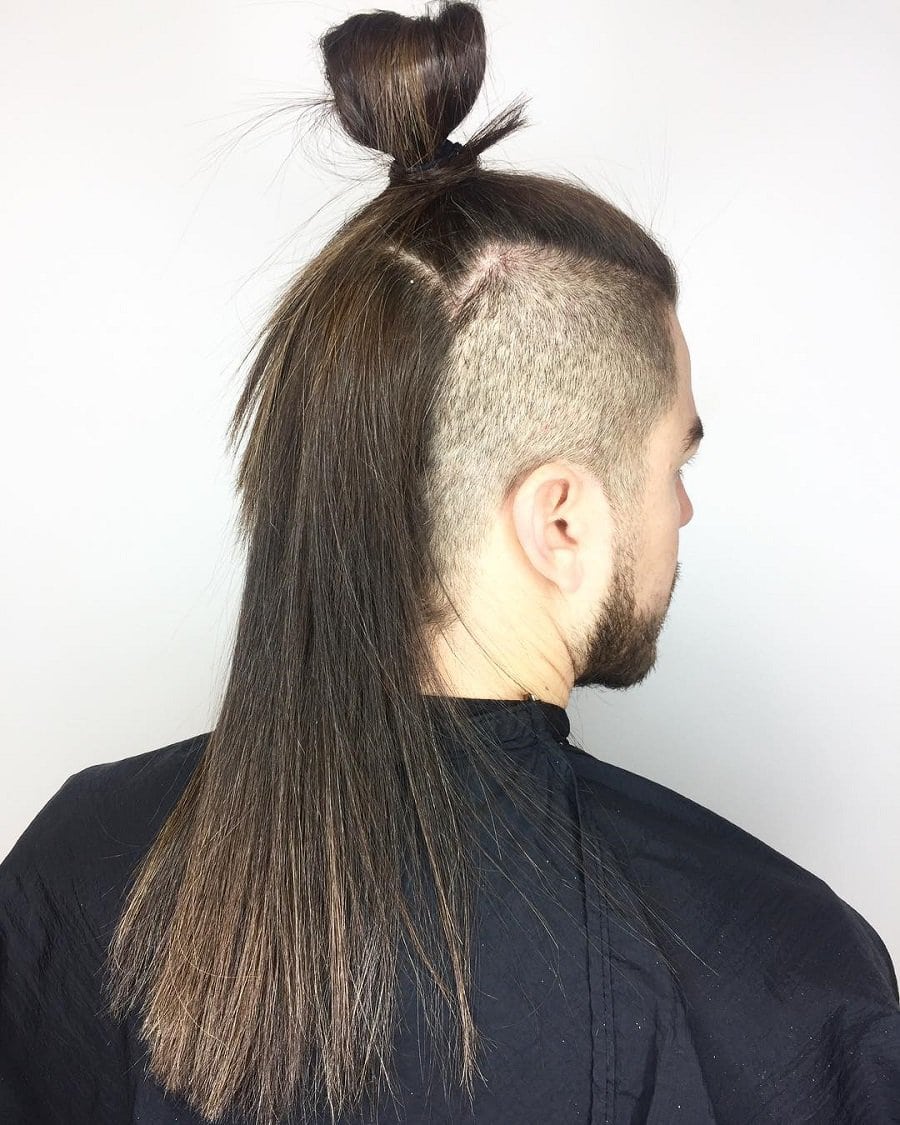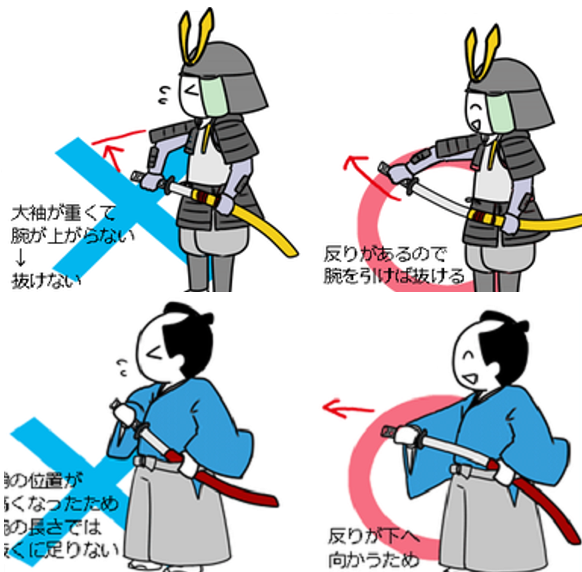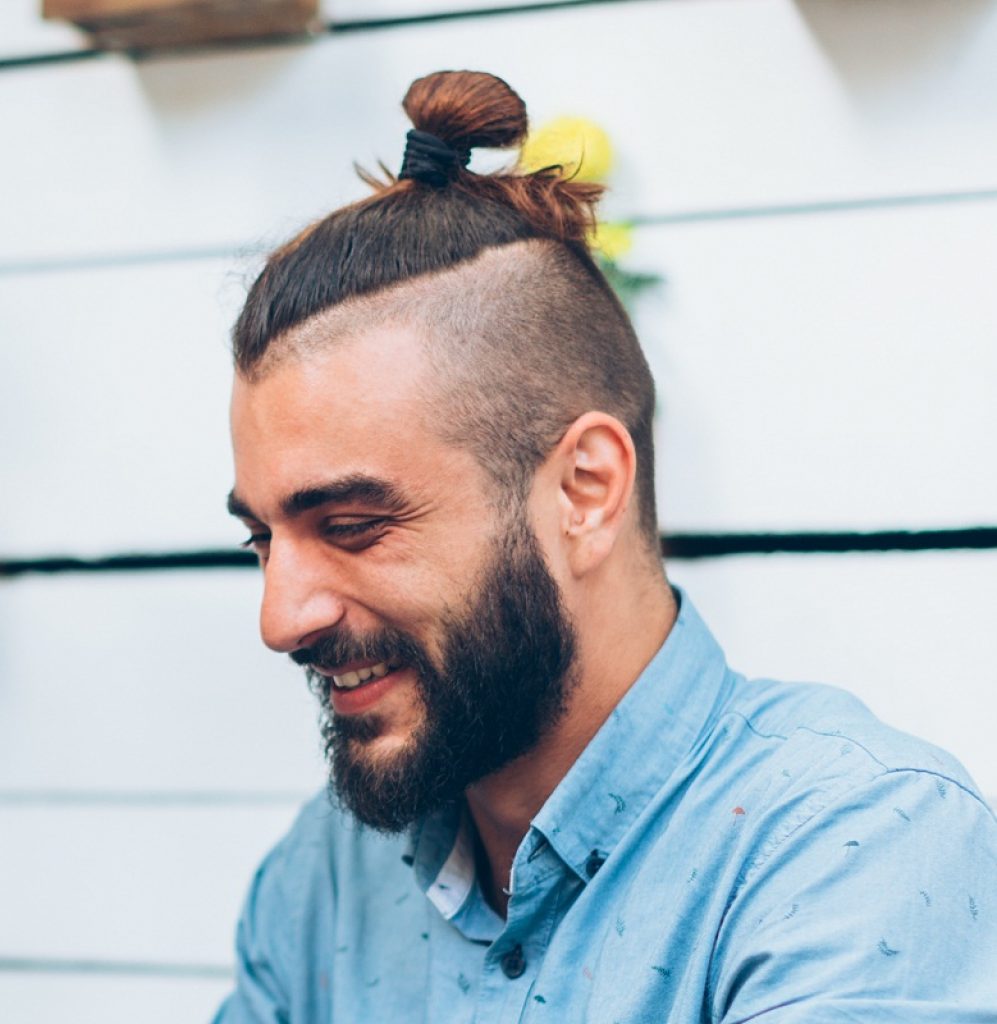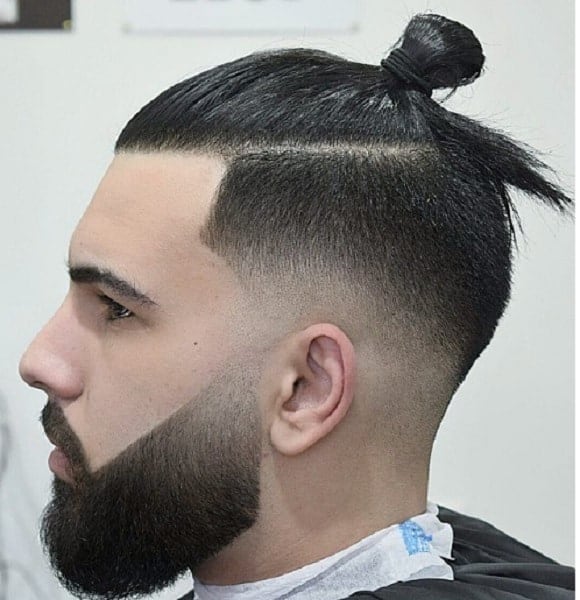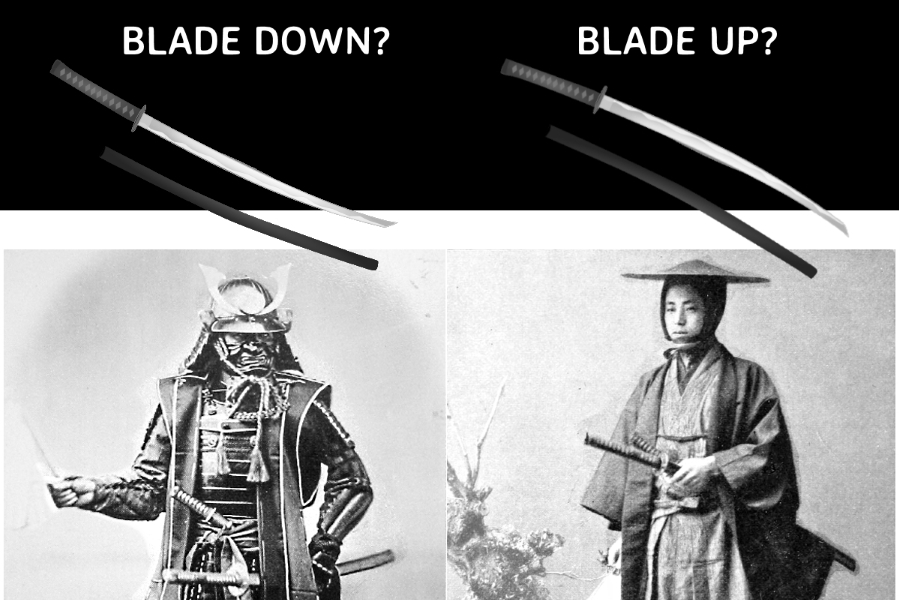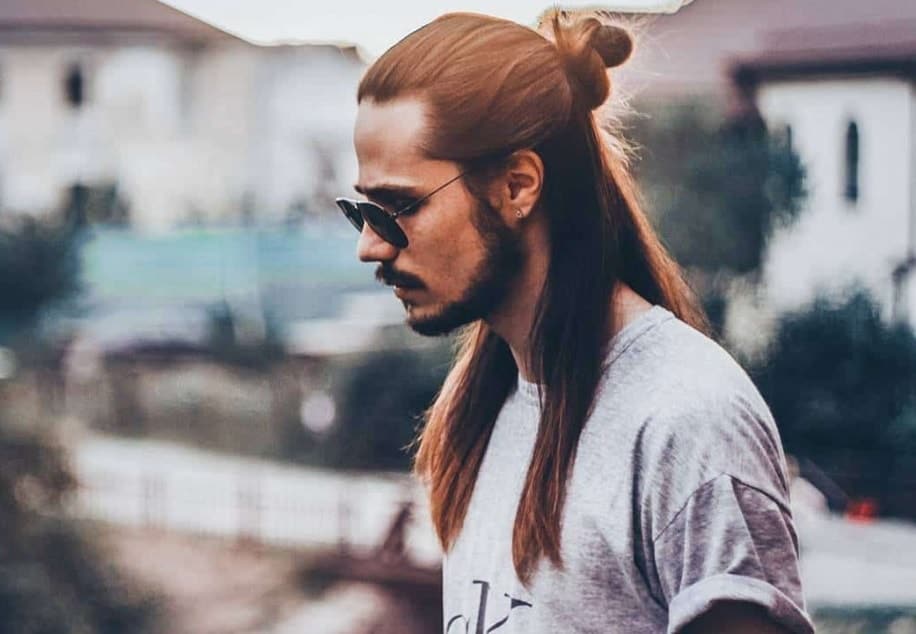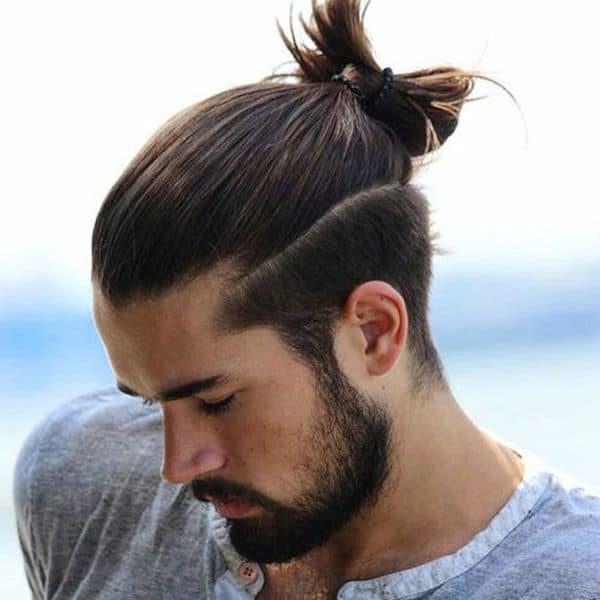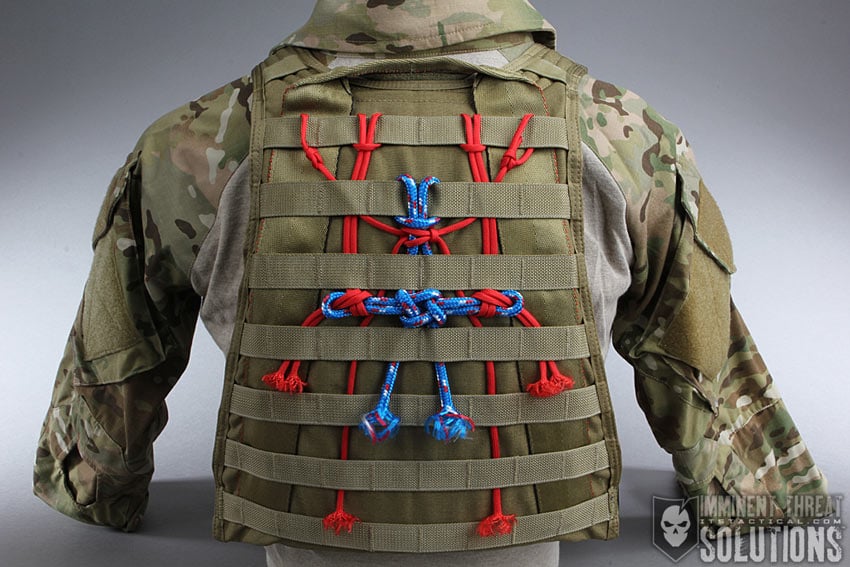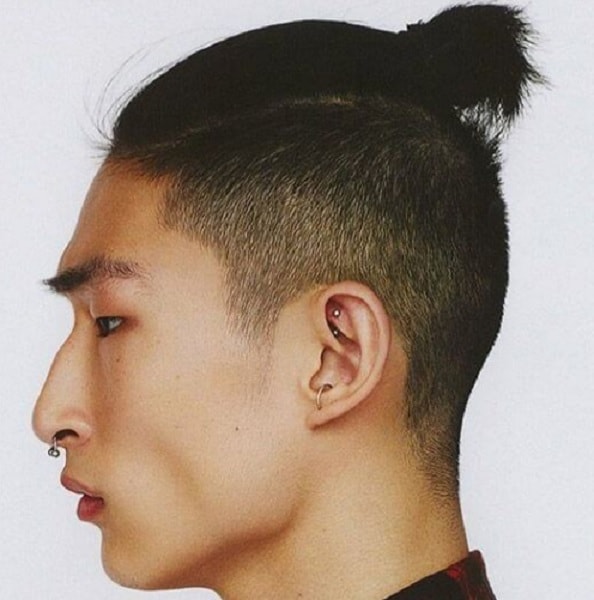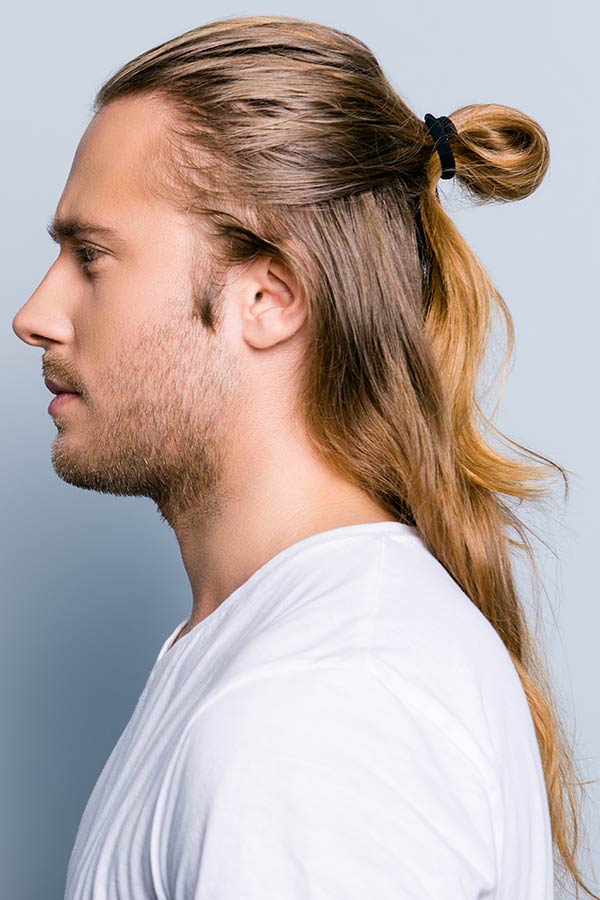Here’s A Quick Way To Solve A Tips About Why Do Samurai Have Top Knots Flattering Hairstyles For Women Over 60

This is especially popular among those.
Why do samurai have top knots. For the basic samurai bun, you gather the hair at the top of your head into a tight bun on the back of your crown. The japanese government encourages samurai to cut their distinctive topknot. On august 9, 1871 (meiji 4), the.
There are several other ways to do a. They do so while resetting the wrestler's topknot after morning training. The samurai was a warrior class in feudal japan and their hairstyles were very important.
But as part of the. One common yet biggest mistake that people make when wearing a samurai top knot is tying it too tight. According to sources, when wearing a top knot samurai ensured that his hair would not impede.
Maui polynesian hero — image by author. The samurai topknot, known as the chonmage in japanese, is not only a practical choice for battle but also carries deep symbolism and cultural significance. A top knot, or chonmage, was more than just a hairstyle for a samurai.
I was curious about this too and apparently samurai would shave the top part of their head to keep their heads cool in their helmet & the catholics would shave their head as a sign. At the time, the ruling japanese government form was feudalism. The tail was folded back and forth on top of the head and secured with a strip of leather or other material.
The top knot (crest or upper node) is a small bundle of hair, rolled or braided, or worn as a bun, on top of the head. Is there any truth to this? I would have assumed that helmets would be shaped to.
The origins of the chonmage. Only samurai had the legal right to wear chonmage,. A top knot is a type of bun that is worn high on the head, typically on the top of the head or slightly towards the back.
Evolution of the chonmage in modern. Wes moore (d) said friday it will be. In the book he says that the samurai top knot is worn to help balance the helmet during battle.
Samurai shaved off the tops of their heads, gathered the remaining hair into a ponytail, and folded that into a top knot facing forward to stabilize the their kabuto. That topknot ( mage ) is one of the most recognizable elements of sumo and is a version of. The top knot is typically.
During the joseon dynasty in korea, married men put their hair in a sangtu—or a knot at the top of their heads. If a samurai was to abandon his societal role, either to join the priesthood or to choose life as a peasant (for samurai were, in later times, forbidden to work the. The ritual of tying the chonmage.

